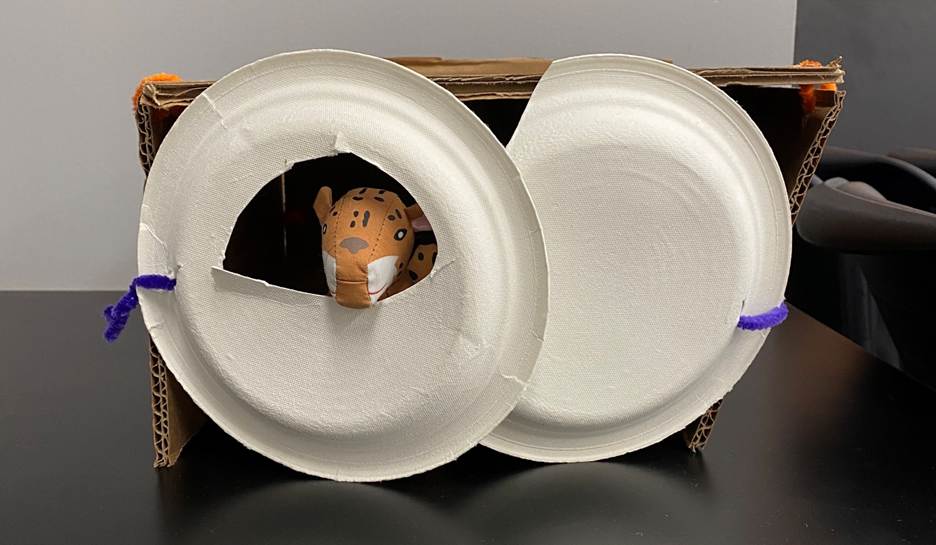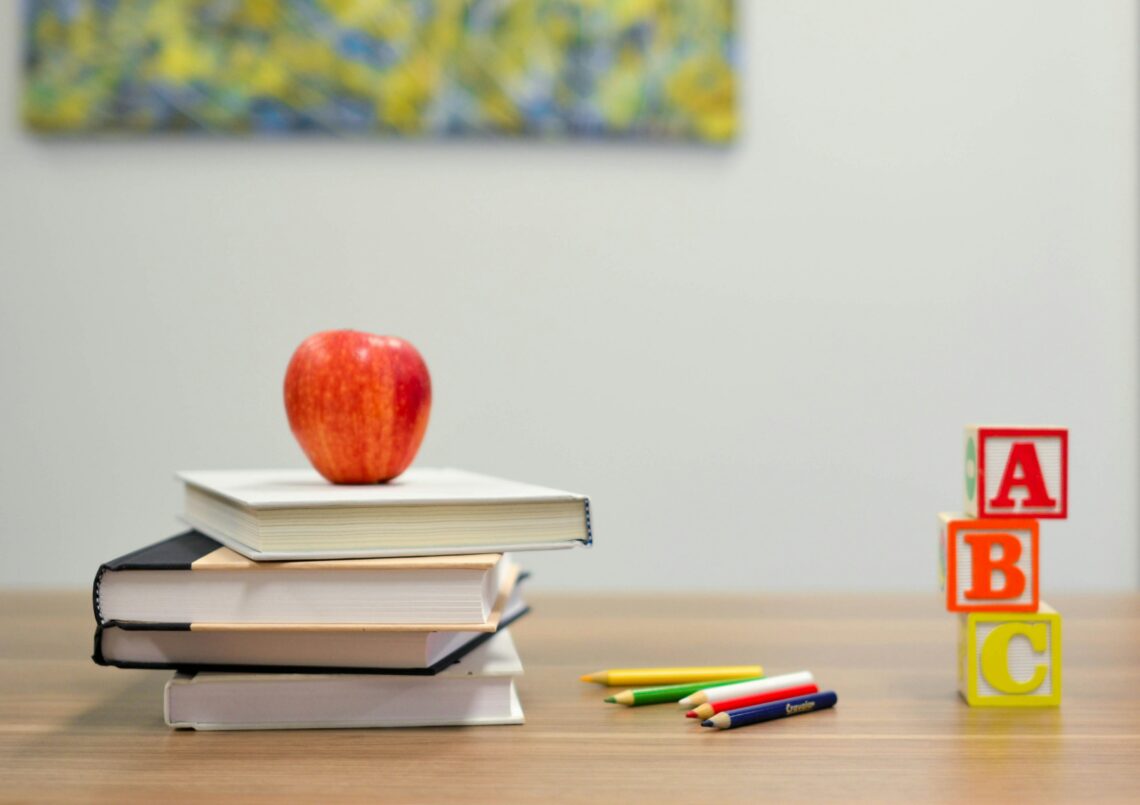What is a Soft Start?
A soft start is a simple yet effective practice that helps students ease into the school day in a calm and focused manner. By incorporating soft start options into your morning routine, students can settle into the classroom before engaging in the rest of their day. Similar to us adults, students also benefit from having time in the morning to adjust to the environment, rather than feeling rushed to get straight to their academic work. Similar to that of our students, mornings can often be busy for teachers with the need to check in with students or parents before getting started, and soft starts offer a smooth transition to help manage this time and foster students’ behaviours in a positive manner.
By offering activities that promote a peaceful and positive atmosphere, soft starts can set the tone for a calm, stress-free environment. These activities help ease into the day, promoting relaxation, connection, and a greater sense of community among peers.
What does a Soft Start look like?
Once students have completed their basic morning routines, such as changing shoes, hanging up coats, or organizing their backpacks, it is important to set the tone for the day by offering a variety of activities that help students transition smoothly from home mode into learning mode. In order to due this, teachers should provide a selection of activities that cater to the different interests and learning styles of their students, and encourage students to ease into their day with a sense of calmness and a focus that allows them to learn.
Some activities might include:

Puzzles: Encourage problem-solving and critical thinking with a variety of jigsaw puzzles, brain teasers, or logic games.
Books: Offer a mix of picture books, early readers, or chapter books, giving students the opportunity to explore their interests and possibly find new interests.

Drawing: Set up a small creative corner with paper, crayons, markers, or colored pencils where students can sketch freely, express themselves, or follow a prompt if desired.

Writing or Journaling: Allow students to reflect on their thoughts, record their dreams, or write about their experiences. For younger students, journal prompts can be helpful to spark creativity.
Mindful Exercises: Simple breathing exercises or stretches that promote mindfulness can be a great way to center students before starting the day’s activities.

Below is a video of author Kira Willey reading Breathe like a Bear, which could be played in the classroom and students follow along with the video.
Coloring Pages: Provide intricate or simple coloring sheets for students to relax while focusing on fine motor skills. Other options could include seek and finds, letter of the week or images that focus on other areas of study for the class.
Legos/Blocks: Building with blocks or Legos promotes creativity, spatial awareness, and concentration.
Other Calming Activities: This might include sensory toys, fidget tools, or nature observation such as plants or a small fish tank.
The goal of offering these activities is to provide a quiet, structured environment where students can engage in independent work, while also allowing them to interact gently with peers. These activities encourage self-regulation, responsibility, and give students an opportunity to ease into the social aspect of the school day.
Ideally, 2-3 different activities should be offered at a time, ensuring a variety of activities throughout the week so that students are given a variety of options throughout the week and forced to try new options. Changing up the activities daily keeps things fresh and allows you as the teacher to tailor the choices to your class’s evolving interests or needs. Depending on the age or preferences of your class, you might want to provide a mix of both calming and stimulating options to accommodate different energy levels and personalities.
What is a Provocation?
Similar to a soft start, a provocation is a carefully crafted, thought-provoking activity designed to spark curiosity, engagement, and deeper thinking among students. While a soft start focuses on easing students into the classroom in a calm and relaxed manner, a provocation is meant to actively capture their attention and stir their intellectual curiosity. Teachers use provocations as a powerful method to introduce new topics, challenge preconceived ideas, or encourage inquiry-based learning.
The primary goal of a provocation is to stimulate a sense of wonder and anticipation about a subject, inspiring students to ask questions, think critically, and explore the topic in greater depth. Unlike traditional approaches that may provide direct instruction, provocations encourage students to engage with content in a more open-ended way, allowing them to make connections, test hypotheses, and form their own ideas.
Provocations not only spark intellectual curiosity but also create a sense of excitement and anticipation for the upcoming lessons. By inviting students to think deeply and critically, they transform the learning experience from passive reception of information to an active, engaging, and collaborative process. Ultimately, the purpose of a provocation is to inspire students to move from “What do I need to know?” to “What do I want to learn more about?”
What does a Provocation look like?
There are countless ways to introduce provocations into your classroom, each designed to spark curiosity and foster engagement. After students complete their morning routines, such as hanging up coats or settling into their seats, they can begin the task you’ve thoughtfully set up for them. This allows them to ease into the day while also activating their minds for learning.
One idea might be to display a thought-provoking image and ask students to generate questions or make observations about it. For instance, showing an image of a distant planet or an underwater ecosystem could prompt students to ask questions like, “What animals might live here?” or “How do you think this environment survives?” Such prompts encourage critical thinking and help students make connections to upcoming lessons.

Another option is to introduce a “question of the day“, a thought-provoking inquiry that encourages deeper reflection. Questions like, “What would happen if we suddenly lost all the bees?” or “How do you think a community can support each other in tough times?” stimulate discussion and help students begin thinking about the lesson’s topic in an open, exploratory way.

For hands-on learning, you might challenge students to create an innovative home for an animal they’re studying. Given limited materials (like paper plates, pipe cleaners, or recycled items), students can design a shelter suited to the animal’s needs, which not only promotes creativity but also deepens their understanding of the animal’s habitat and survival tactics.


Emotional learning can also be explored through provocations by having students create faces to represent different emotions. Whether drawing, using modeling clay or creating faces out of cardboard, this activity encourages students to reflect on how emotions are expressed and understood, which can foster empathy and social awareness.

The possibilities for provocations are truly endless. Whether through questions, images, hands-on tasks, or emotional explorations, provocations are a dynamic way to engage students and activate their thinking. These activities can be tailored to fit the content being taught, the age of your students, or their unique interests, ensuring that every provocation serves as a meaningful entry point into deeper learning and exploration.
Soft Start vs Provocation

A provocation and a soft start serve different purposes in the classroom, although both aim to engage students and set a positive tone for the day. A soft start might involve a few minutes of quiet reading or a mindfulness activity to help students feel calm and focused. After that, a provocation could be introduced to spark curiosity about the day’s lesson, such as showing a picture of a strange animal and asking, “What do you think this animal needs to survive?” This would smoothly transition students from a calm state into a more thought-provoking learning experience. A soft start is about creating a peaceful, focused environment to ease into the day, while a provocation is a tool to ignite curiosity and deeper thinking as part of the learning process.
What Does This Mean for My Teaching Practices?
So, what does this mean for my teaching practices moving forward? Last year, I centered my inquiry on soft starts and mindful mornings. This approach of easing into the day or incorporating inquiry-based learning is something that has been on my mind for some time as I envision my future self as an educator. When I reflect on the teacher competencies, I find myself particularly drawn to competency number four: Demonstrate an understanding of the complexity of teaching and learning. No matter what grade I end up teaching, I know that beginning each day with a calming and grounding activity will help me engage more deeply with the diverse nature of teaching and learning, not just for my students, but for myself as well.
My students will come from diverse backgrounds and experiences. Many of them may be dealing with difficult home situations, while others might just be having a challenging day. Providing them with time and space to regulate and ease into the school environment will give them the best opportunity to succeed. By starting the day in this way, I am setting up both my students and myself for a more intentional and effective learning experience, where we can all better navigate the complexities of teaching, learning, and personal growth.







judi61
February 11, 2025 — 11:59 am
Melissa,
A very comprehensive and thoughtful post. I especially like your comparison between the provocations and soft starts. Your reflection regarding how these two activities link with a teacher competency was spot on! I appreciate how your lived experiences ere woven with researched examples as well! You have given me an idea for our upcoming class! Thank you! I may have a favour to ask of you! 🙂